In my opinion, the technical side of filmmaking is often more complicated than it needs to be. This is because of the way filmmaking has developed over time. A lot of the methodology and terminology we still use today is based on the way things were done years and years ago. Take for example: the way the 16:9 aspect ratio was developed, the fact that your sound guy will probably still say “speed” to indicate that the sound is recording, and don’t even get me started on the different framerates we’ve been left with thanks to the differences between PAL & NTSC.
Aspect ratios are one of those things can seem a bit overwhelming when you’re getting started. I used to refer to some of the wider aspect ratios as “extra-widescreen” (and I actually still do sometimes, just for fun). I remember when we made Fraught back in 2006. I desperately wanted to present the film in an aspect ratio of 16:9 or wider but we didn’t have access to a camera that could shoot that natively. So we settled for 4:3. Now, I know of a bunch of things we could have done to fix that (especially since it’s a rotoscoped animated film).
With this post, I’ve done my best to explain what aspect ratios and resolutions are in relation to film and video. The rest of the post then explains the most common aspect ratios and lists some common resolutions for each.
